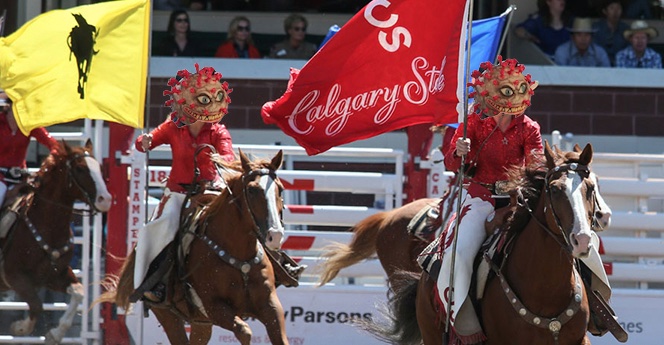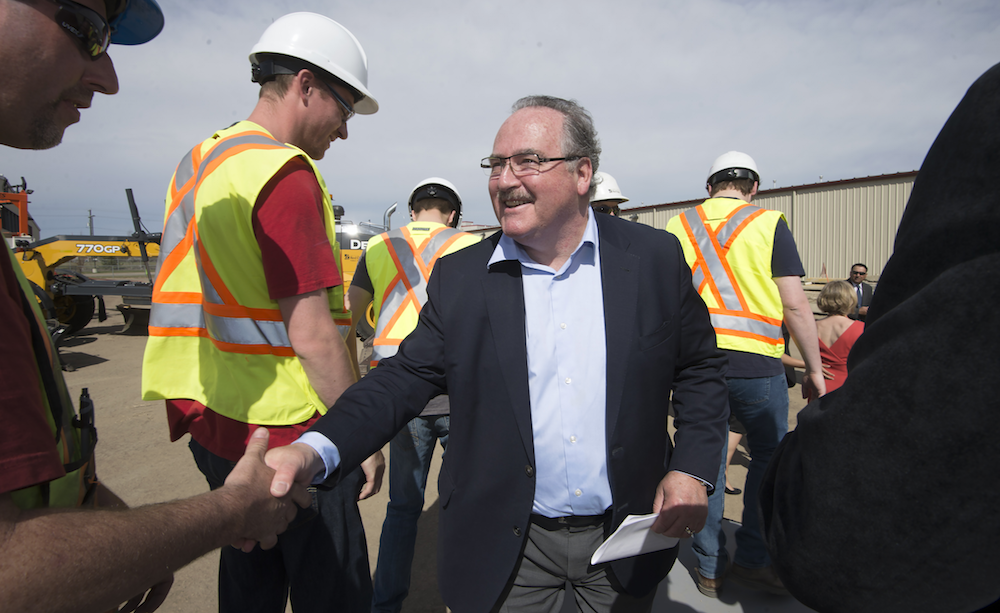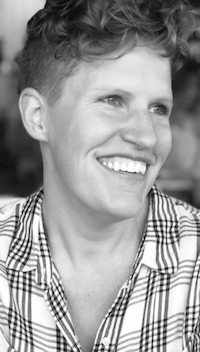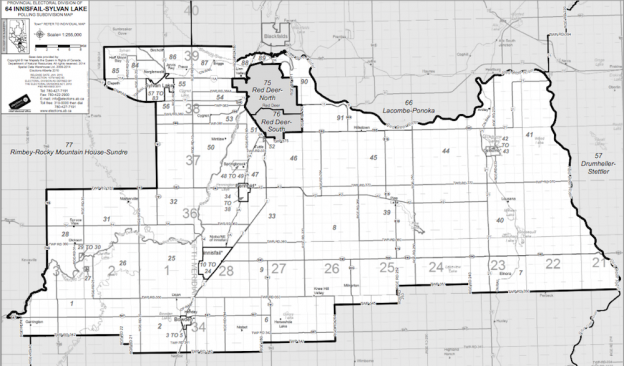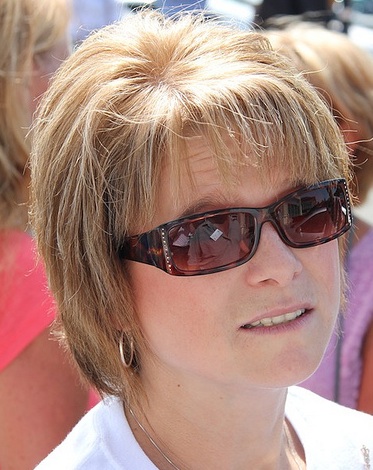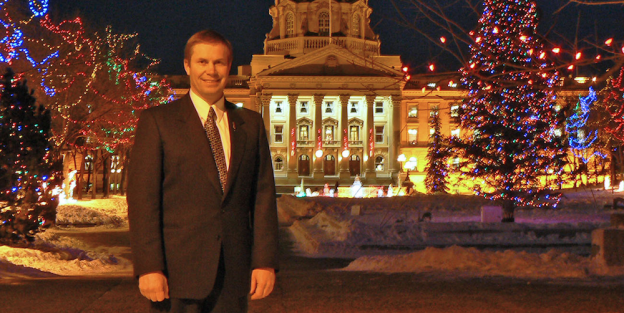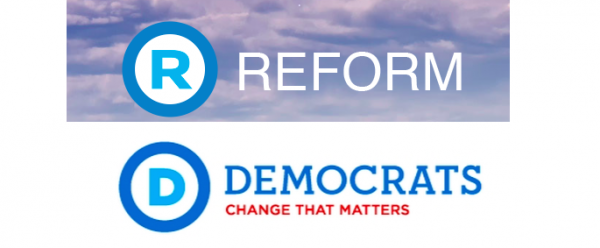“Opening for summer” was Premier Jason Kenney’s new tagline as he announced that by July the provincial government will mount a quick retreat from the public health restrictions implemented to stop the spread of COVID-19.
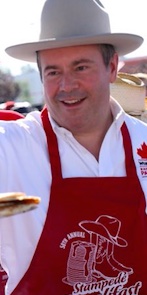
It is a bizarre whiplash from a week ago when Alberta was leading North America for active cases of COVID-19 and Intensive Care Units were starting to overflow (there are still 150 COVID patients in ICU beds in Alberta). But consistency has never been Kenney’s style during the pandemic and his decision to rush the removal of restrictions likely being driven by his need to score political points and save job as leader of the United Conservative Party.
The three stage plan appears to be planned around the start of the Ponoka Stampede and the Calgary Stampede, two of the largest public events in an Alberta summer.
It has been a long 15 months since the pandemic began, so it is hard not to be cautiously optimistic that the plan will work. But, like many of Kenney’s plans, it seems to be driven by political expediency rather than the vigilance our leaders probably should embrace to defeat this virus.
Alberta’s public health restrictions have been mild compared with most other provinces in Canada and jurisdictions abroad. Coffee shops and grocery stores have remained open, as have religious services (with lower attendance rates), and even the Legislative Assembly continued to meet in-person until last week. It even took a while for the government to be convinced that casinos should be closed.
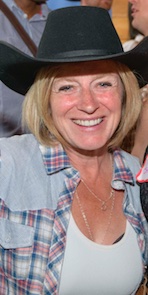
Proactive measures have not been a distinguishing feature of Kenney’s response to COVID-19.
UCP staffers have been jubilantly tweeting that Albertans “crushed the spike,” referring to the third wave that peaked at more than 26,000 active cases, but it was only after weeks of delays and ignoring the pleas of medical professionals that the Kenney government implemented the measures that “crushed” the third wave of COVID-19 in Alberta.
Only a week before Kenney implemented the current public health measures, he was complaining to the media that restrictions don’t work because people don’t listen to them, despite the third wave that happened after the previous health measures were prematurely lifted in February 2021.
The decline in active cases since the new public health measures were put in place suggests the restrictions did work.
A growing number of Albertans are getting injected with their first dose of COVID-19 vaccines and there are still questions about how many Albertans will have received a second dose of the vaccine by the time Kenney rips the bandaid off in July.
Despite conservative partisans criticizing Prime Minister Justin Trudeau for using the term “one-dose summer,” it would appear that a one-dose is enough for the UCP government to remove all public health restrictions.
There is also growing concern about how effective one dose of vaccine is in protecting people from the B.1.617.2 variant (the “India variant”), which is the source of a third wave in the United Kingdom.
New Democratic Party leader Rachel Notley is urging caution and raising questions about the speed the restrictions will be lifted, which is a fair criticism. In typical fashion, Kenney responded with a partisan barb, accusing the NDP of being anti-vaxxers. All NDP MLAs have confirmed they have received their first vaccination, something not all UCP MLAs have confirmed doing.
A lot of Albertans, myself included, are hoping that the removal of restrictions will work and we can put COVID-19 behind us. It would be nice to have a summer not constrained by even mild public health restrictions. It would be nice for the pandemic to be over. We will find out by the fall whether the Kenney government jumped the gun in removing restrictions too soon.
Hinman only candidate in Wildrose Independence Party leadership vote
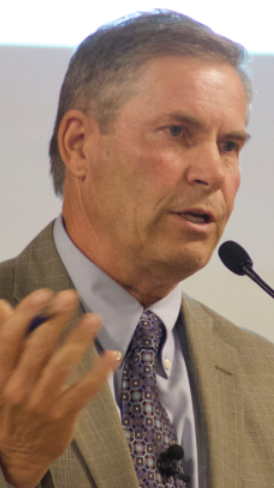
Former Wildrose Party MLA Paul Hinman is the only candidate to enter the Wildrose Independence Party leadership race. A vote of the separatist party’s membership will be held on August 28, 2021 to confirm his leadership.
Hinman represented the Alberta Alliance and Wildrose Alliance parties as the MLA for Cardston-Taber-Warner from 2004 to 2008 and the Wildrose Party as the MLA for Calgary-Glenmore from 2009 to 2012. He led the Wildrose Alliance in the 2008 election.
Hinman is the grandson of Social Credit MLA and cabinet minister Edgar Hinman.
NDP to hold nomination meeting in Calgary-Varsity on June 26

The Alberta NDP will hold the first nomination meeting of the 2023 election cycle on June 26, 2021 in Calgary-Varisty. Prominent physician Dr. Luanne Metz is expected to be acclaimed as candidate.
The northwest Calgary district is a key target riding for the NDP in the next election and was narrowly won by UCP MLA Jason Copping in 2019.
